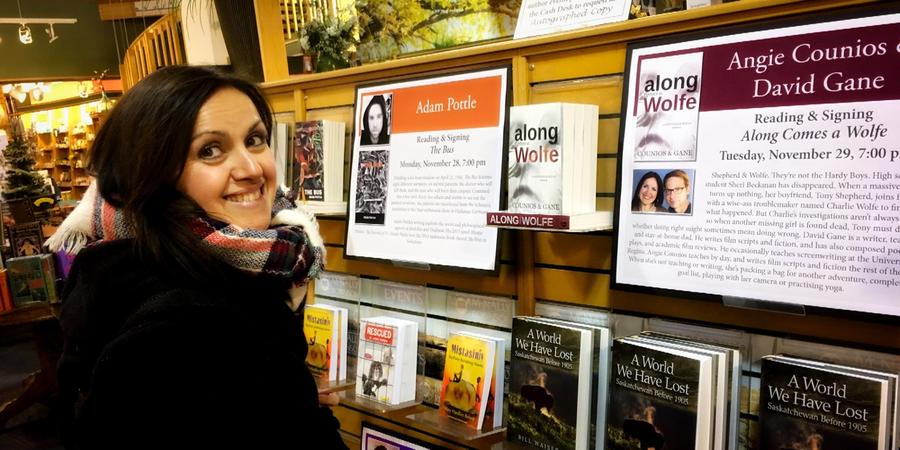Friends, Family, and Fans

Since Ang and I had our first official book reading in a store , I’ve been thinking about our audience.
I think it’s fair to say that our core of readers are the people we know-family and friends that have supported us along this journey. I think this was most evident with last Tuesdays turnout-either Ang or I knew at least one person among the pockets of arrivals.
I expect this will continue for a while until we make a breakthrough to a larger awareness amongst the public. We’ve been taking steps towards this by getting our book into more stores, working to get articles in newspapers and magazines, promoting events like our book signing with advertising, and, of course, this blog. However, it usually takes several instances of brand awareness before a potential buyer decides to buy a product—but the chance of a sale increases when the person is given a recommendation from someone they trust.
That means that you, our family and friends and earliest readers are some of the most influential people to our success. Every time you tell someone about our book, that it is a fun, light, and exciting read or that it’s about a couple of teenage boys who chase a serial killer, the more potential our book has to find a bigger audience.
And, as we continue to write books and share them people, we hope to see our audience grow and expand. Because-going back to our reading last week-the people we didn’t know that showed up were the ones that came with our family and friends. So thank you for being our voice and telling people about us…and keep up the good work.

